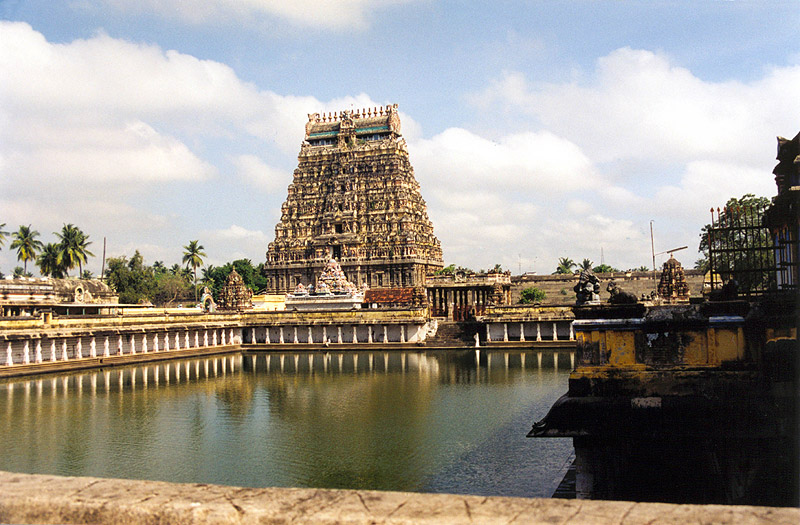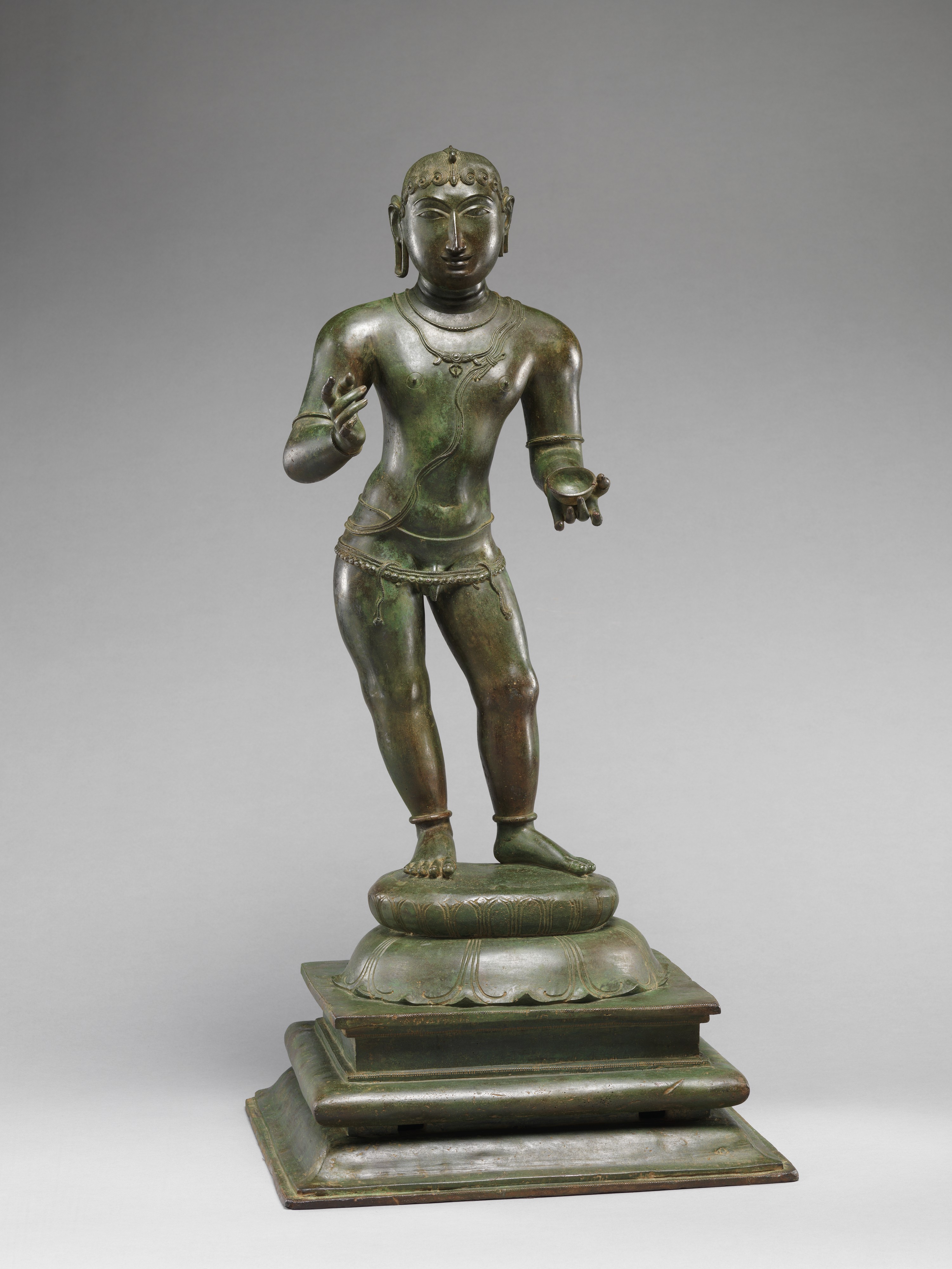|
Iluppaipattu Neelakandeswarar Temple
Iluppaipattu Neelakandeswarar Temple (இலுப்பைபட்டு நீலகண்டேஸ்வரர் கோயில்) :ta:இலுப்பைபட்டு நீலகண்டேஸ்வரர் கோயில் is a Hindu temple located at Iluppaipattu in Mayiladuthurai district of Tamil Nadu, India. The place is also called as Pazhamanni Padikarai and Tirumannippadikkarai. The presiding deity is Shiva. He is called as Thiruneelakandeswarar and Padikarai Nathar. His consort is Amirthavalli. Significance It is one of the shrines of the 275 Paadal Petra Sthalams - Shiva Sthalams glorified in the early medieval ''Tevaram'' poems by Tamil Saivite Nayanar Sundarar. The temple is counted as one of the temples built on the banks of River Kaveri The Kaveri (also known as Cauvery, the anglicized name) is one of the major Indian rivers flowing through the states of Karnataka and Tamil Nadu. The Kaveri river rises at Talakaveri in the Brahmagiri ... [...More Info...] [...Related Items...] OR: [Wikipedia] [Google] [Baidu] |
Hindu Temple
A Hindu temple, or ''mandir'' or ''koil'' in Indian languages, is a house, seat and body of divinity for Hindus. It is a structure designed to bring human beings and gods together through worship, sacrifice, and devotion.; Quote: "The Hindu temple is designed to bring about contact between man and the gods" (...) "The architecture of the Hindu temple symbolically represents this quest by setting out to dissolve the boundaries between man and the divine". The symbolism and structure of a Hindu temple are rooted in Vedic traditions, deploying circles and squares. It also represents recursion and the representation of the equivalence of the macrocosm and the microcosm by astronomical numbers, and by "specific alignments related to the geography of the place and the presumed linkages of the deity and the patron". A temple incorporates all elements of the Hindu cosmos — presenting the good, the evil and the human, as well as the elements of the Hindu sense of cyclic time and th ... [...More Info...] [...Related Items...] OR: [Wikipedia] [Google] [Baidu] |
Mayiladuthurai District
Mayiladuthurai district is one of the 38 List of districts of Tamil Nadu, districts of the state of Tamil Nadu in India. The district headquarters is located at Mayiladuthurai. Geography The district is bounded on the north by Cuddalore district, on the west by Thanjavur district, on the south by Tiruvarur district and Karaikal district of Puducherry (union territory), Puducherry, and the Bay of Bengal to the east. The district is situated in the fertile delta of the Kaveri and is entirely flat plain. The Kaveri, as well as many of its distributaries, flows through the district and enters the sea here. Most of the northern border with Cuddalore is formed by the Kollidam River. Taluks As of 2020, when Mayiladuthurai District was carved out of Nagapattinam it had the following taluks: *Kuthalam taluk *Mayiladuthurai taluk *Sirkazhi taluk *Tharangambadi taluk Demographics At the time of the 2011 census, Mayiladuthurai district had a population of 918,356. 741,788 lived ... [...More Info...] [...Related Items...] OR: [Wikipedia] [Google] [Baidu] |
Tamil Nadu
Tamil Nadu (; , TN) is a States and union territories of India, state in southern India. It is the List of states and union territories of India by area, tenth largest Indian state by area and the List of states and union territories of India by population, sixth largest by population. Its capital and largest city is Chennai. Tamil Nadu is the home of the Tamil people, whose Tamil language—one of the longest surviving Classical languages of India, classical languages in the world—is widely spoken in the state and serves as its official language. The state lies in the southernmost part of the Indian peninsula, and is bordered by the Indian union territory of Puducherry (union territory), Puducherry and the states of Kerala, Karnataka, and Andhra Pradesh, as well as an international maritime border with Sri Lanka. It is bounded by the Western Ghats in the west, the Eastern Ghats in the north, the Bay of Bengal in the east, the Gulf of Mannar and Palk Strait to the south-eas ... [...More Info...] [...Related Items...] OR: [Wikipedia] [Google] [Baidu] |
India
India, officially the Republic of India (Hindi: ), is a country in South Asia. It is the seventh-largest country by area, the second-most populous country, and the most populous democracy in the world. Bounded by the Indian Ocean on the south, the Arabian Sea on the southwest, and the Bay of Bengal on the southeast, it shares land borders with Pakistan to the west; China, Nepal, and Bhutan to the north; and Bangladesh and Myanmar to the east. In the Indian Ocean, India is in the vicinity of Sri Lanka and the Maldives; its Andaman and Nicobar Islands share a maritime border with Thailand, Myanmar, and Indonesia. Modern humans arrived on the Indian subcontinent from Africa no later than 55,000 years ago., "Y-Chromosome and Mt-DNA data support the colonization of South Asia by modern humans originating in Africa. ... Coalescence dates for most non-European populations average to between 73–55 ka.", "Modern human beings—''Homo sapiens''—originated in Africa. Then, int ... [...More Info...] [...Related Items...] OR: [Wikipedia] [Google] [Baidu] |
Shiva
Shiva (; sa, शिव, lit=The Auspicious One, Śiva ), also known as Mahadeva (; ɐɦaːd̪eːʋɐ, or Hara, is one of the principal deities of Hinduism. He is the Supreme Being in Shaivism, one of the major traditions within Hinduism. Shiva is known as "The Destroyer" within the Trimurti, the Hindu trinity which also includes Brahma and Vishnu. In the Shaivite tradition, Shiva is the Supreme Lord who creates, protects and transforms the universe. In the goddess-oriented Shakta tradition, the Supreme Goddess ( Devi) is regarded as the energy and creative power (Shakti) and the equal complementary partner of Shiva. Shiva is one of the five equivalent deities in Panchayatana puja of the Smarta tradition of Hinduism. Shiva has many aspects, benevolent as well as fearsome. In benevolent aspects, he is depicted as an omniscient Yogi who lives an ascetic life on Mount Kailash as well as a householder with his wife Parvati and his three children, Ganesha, Kartikeya and A ... [...More Info...] [...Related Items...] OR: [Wikipedia] [Google] [Baidu] |
Paadal Petra Sthalams
The Paadal Petra Sthalam, also known as Thevara Sthalam, are 276 temples that are revered in the verses of Saiva Nayanars in the 6th-9th century CE and are amongst the greatest Shiva temples of the continent. The Divya Desams by comparison are the 108 Vishnu temples glorified in the poems of the contemporary Vaishnava Alvars of Tamil Nadu, India Thevaram Thevaram literally means "garland of divine songs" and refers to the collection of verses sung praising Shiva, the primary god of the Shaivite sect of Hindu religion, by three Tamil poets known as Saiva Kuruvars - Thirugnana Sambanthar, Tirunavukkarasar (aka Appar) and Sundaramoorthy Nayanar (aka Sundarar). The three are considered the primary three among the sixty three Nayanmars of the Saivite sect of Hinduism. The former two lived during the 7th century CE while the latter around 8th century CE. All songs in Thevaram are believed to be in sets of ten songs, called ''pathikam'' in Tamil. Some musical experts consider Theva ... [...More Info...] [...Related Items...] OR: [Wikipedia] [Google] [Baidu] |
Shiva Temples Of Tamil Nadu
Throughout India, there are a large amount of temples dedicated to Shiva, one of the principal deities of Hinduism. The most temples are in the South Indian state of Tamil Nadu, where there are 2,500 Shiva temples of importance. There are several kinds of temples in the South Indian state of Tamil Nadu. Pancha Bootha Sthalangal temples Pancha Booth Sthalangal are the temples that are the manifestation of the five elements – land, water, air, sky, and fire. Pancha Sabhai Sthalangal Panch Sabhai Sthalangal are the temples where Lord Shiva is believed to have performed the Cosmic Dance. Paadal Petra Sthalangal temples Shiva Temples which are glorified in Tamil Tevaram hymns are the Paadal Petra Sthalangal and have been in existence for more than 1,000 years. References to these temples are found in Tevaram Hymns, composed and authored by the 3 Nayanamars, Thirunavukarasar, Sambandar and Sundarar, who lived between 7th and 9th century CE. Chennai & Tiruvallur ... [...More Info...] [...Related Items...] OR: [Wikipedia] [Google] [Baidu] |
Tevaram
The ''Thevaram'' ( ta, தேவாரம், ), also spelled ''Tevaram'', denotes the first seven volumes of the twelve-volume collection ''Tirumurai'', a Śaiva narrative of epic and puranic heroes, as well as a hagiographic account of early Saiva saints set in devotional poetry. The ''Thevaram'' volumes contain the works of the three most prominent Saiva Tamil poets of the 7th and 8th centuries: Sambandar, Appar, and Sundarar. The three poets were not only involved in portraying their personal devotion to Shiva, but also engaged a community of believers through their songs. Their work is an important source for understanding the Śaiva Bhakti movement in the early medieval South India. In the 10th century, during the reign of Rajaraja I of the Chola dynasty, these poets' hymns were collected and arranged by Nambiyandar Nambi. Starting with the ''Thevaram'' along with the rest of ''Tirumurai'' and ending with the ''Periya Puranam'', Tamil Saivism acquired a canonical set of ... [...More Info...] [...Related Items...] OR: [Wikipedia] [Google] [Baidu] |
Nayanars
The Nayanars (or Nayanmars; ta, நாயன்மார், translit=Nāyaṉmār, translit-std=ISO, lit=hounds of Siva, and later 'teachers of Shiva ) were a group of 63 Tamil Hindu saints living during the 6th to 8th centuries CE who were devoted to the Hindu god Shiva. Along with the Alvars, their contemporaries who were devoted to Vishnu, they influenced the Bhakti movement in early medieval South India. The names of the Nayanars were first compiled by Sundarar. The list was expanded by Nambiyandar Nambi during his compilation of material by the poets for the ''Tirumurai'' collection, and would include Sundarar himself and Sundarar's parents. The Nalvar () are the four foremost Nayanars Appar, Sundarar, Sambandar and Manikkavaasagar. History The list of the Nayanars was initially compiled by Sundarar (Sundararmurthi). In his poem ''Tiruthonda Thogai'' he sings, in eleven verses, the names of the Nayanar saints up to Karaikkal Ammaiyar, and refers to himself as "the serv ... [...More Info...] [...Related Items...] OR: [Wikipedia] [Google] [Baidu] |
Sundarar
Sundarar (Tamil: சுந்தரர்), also referred to as Chuntarar, Chuntaramurtti, Nampi Aruran or Tampiran Tolan, was an eighth-century poet-saint of Tamil Shaiva Siddhanta tradition of Hinduism. He is among the Tevaram trio, and one of the most prominent Nayanars, the Shaiva bhakti (devotional) poets of Tamil Nadu. His hymns form the seventh volume of the ''Tirumurai'', the twelve-volume compendium of Shaiva Siddhanta. His songs are considered the most musical in ''Tirumurai'' in Tamil language. His life and his hymns in the Tevaram are broadly grouped in four stages. First, his cancelled arranged marriage through the intervention of Shiva in the form of a mad petitioner and his conversion into a Shaiva bhakt. Second, his double marriage to temple dancers Paravai and Cankali with their stay together in Tiruvarur. Third, his blindness and then return of his sight. Finally, his reflections on wealth and material goods. Names Sundarar is referred to by many names. Sunda ... [...More Info...] [...Related Items...] OR: [Wikipedia] [Google] [Baidu] |

_female_head.jpg)


